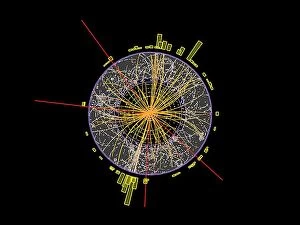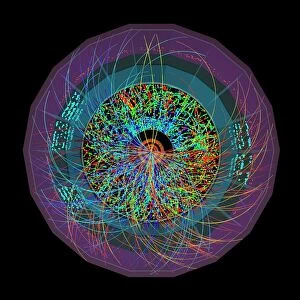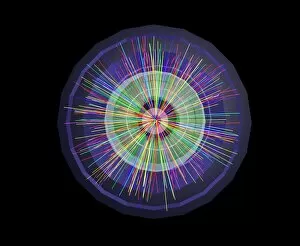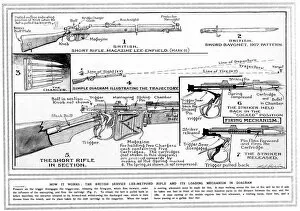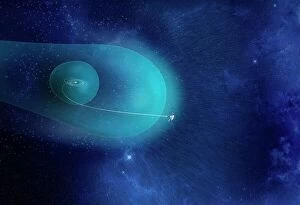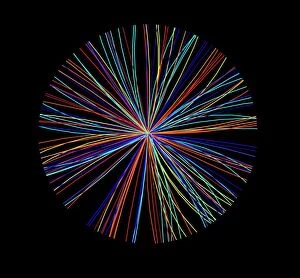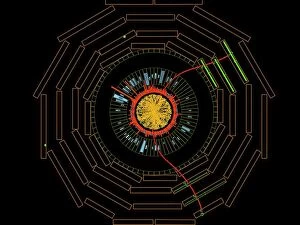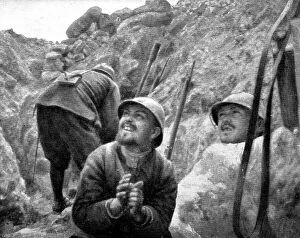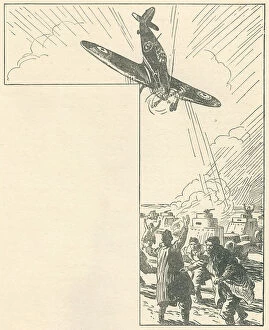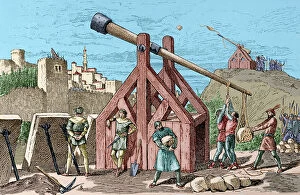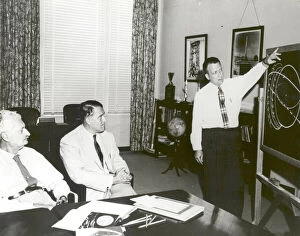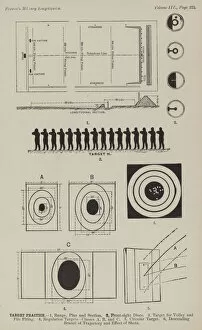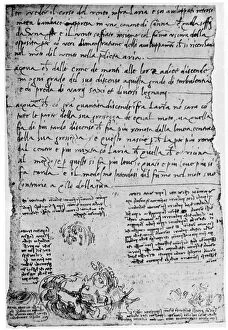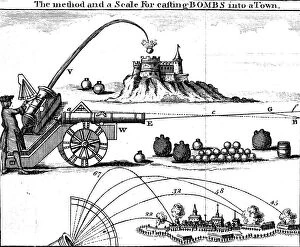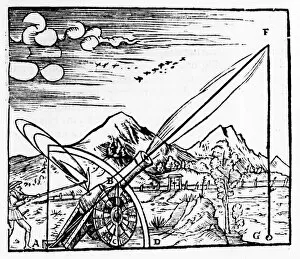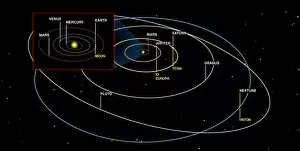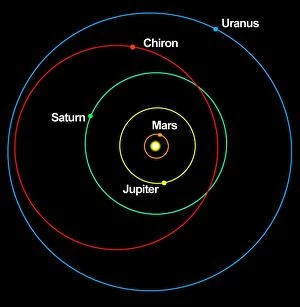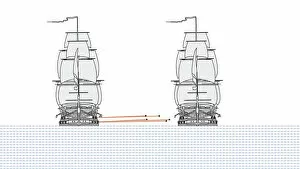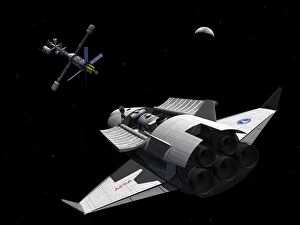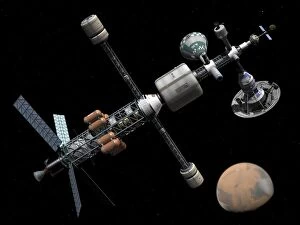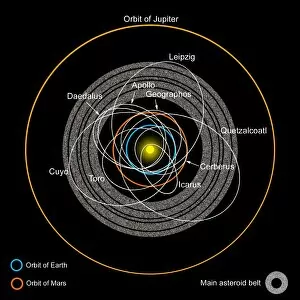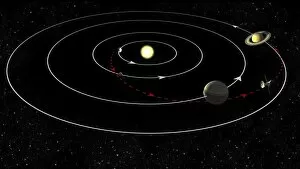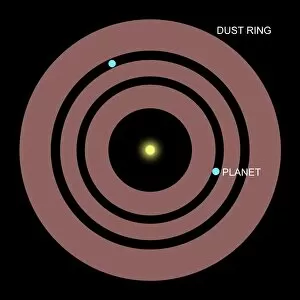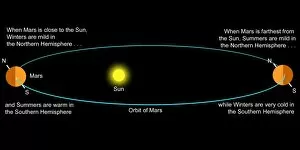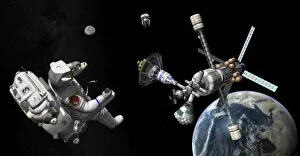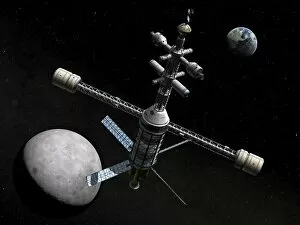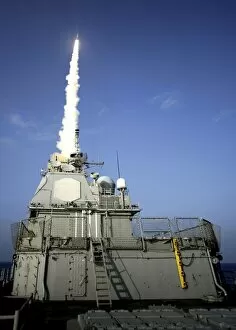Trajectory Collection
Trajectory, the path followed by an object in motion, has fascinated scientists, engineers, and artists throughout history
For sale as Licensed Images
Choose your image, Select your licence and Download the media
Trajectory, the path followed by an object in motion, has fascinated scientists, engineers, and artists throughout history. From proton collisions to lead ion collisions, the study of trajectories has unlocked countless mysteries of the universe. In 1797, C014 witnessed a remarkable event - a proton collision that revealed intricate patterns and trajectories previously unseen. This groundbreaking discovery paved the way for further exploration into subatomic particles. Lead ion collisions also captivated researchers' attention as they observed these powerful interactions shaping new paths in scientific understanding. The collision between lead ions unleashed energies that propelled our knowledge forward. The Short Rifle Diagram of 1915 showcased how projectiles follow specific trajectories when fired from firearms. This diagram revolutionized military tactics and marked a turning point in warfare strategies. Artistic imagination blended with scientific precision when Voyager probe trajectory was depicted through artwork (C018 / 0285). This mesmerizing representation captured humanity's quest for knowledge beyond our planet's boundaries. Jules Verne's "Flight to the Moon" took readers on an exhilarating journey where trajectory played a pivotal role. Verne's visionary tale inspired generations to dream about space travel and explore celestial pathways yet unknown. Even during World War II, Hawker Hurricane attacks relied on precise trajectory calculations to strike enemy targets with deadly accuracy. These brave pilots skillfully maneuvered their aircraft along calculated paths to defend freedom against tyranny. Looking back at medieval times, war machines like catapults utilized parabolic motion to launch projectiles towards fortified castles or city walls. The mastery of parabolic trajectories became essential for success on ancient battlefields. On June 28th, 1958, Huntsville, Alabama hosted an Orbital Trajectories Presentation that brought together brilliant minds seeking answers among the stars. Scientists shared their research findings and discussed innovative ways to navigate orbital paths efficiently. Illustrations depicting cannon fire in Thomas Smith's "The Art of Gunnery" demonstrated how projectiles obeyed specific trajectories.

